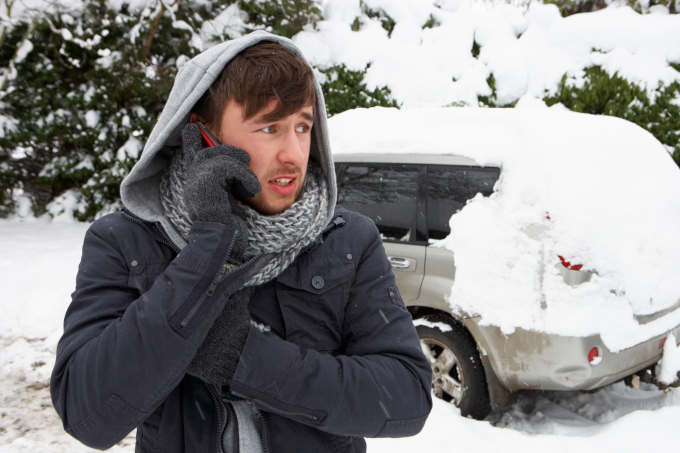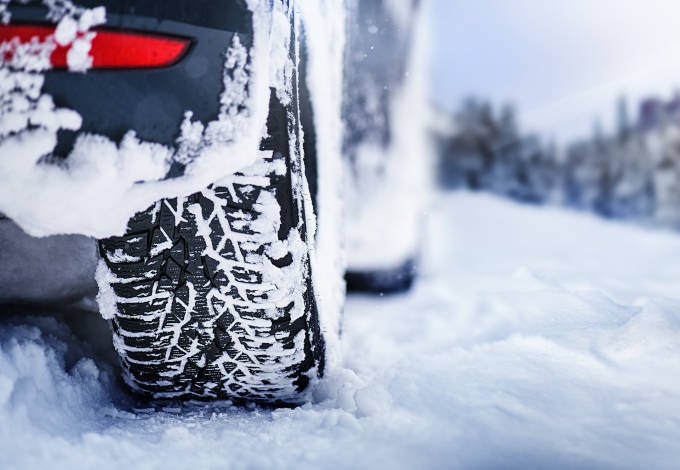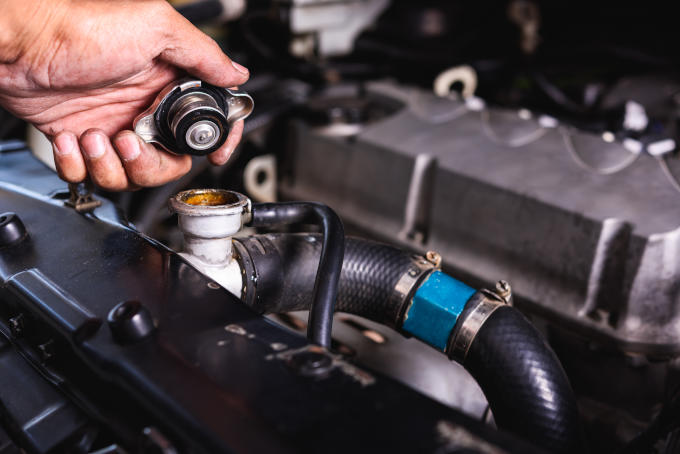As the days get shorter and the weather takes a turn for chillier temperatures, fewer individuals are getting out on the road outside of travel to and from work. This can mean automobiles spend most of their time sitting in cold garages or out in the frigid elements with little protection from the snow and ice.
While modern vehicles are built to withstand quite a bit of wear and tear, they are still prone to damage from extreme temperatures, freezing liquid, and poor driving behaviors. The result of not taking care of your vehicle in the winter can be costly repairs or a tow-job when the sun comes back out in the spring.
Winter Weather & Your Transmission
While you may be more concerned with your tires and the heater in your car during the colder months, there are other pieces of mechanical equipment in your vehicle that you should consider. One part of your vehicle that can be vulnerable to winter conditions is your transmission.
Your transmission — a piece of complicated machinery that helps your vehicle accelerate and decelerate smoothly — is an essential part of your vehicle's ability to travel down the road. A combination of hydraulics, gears, and fluid, the typical automatic transmission consists of over 800 parts working in tandem to help your engine operate at the right RPM and switch between gears, allowing you to control your speed.
Should your transmission begin to wear down or fail, symptoms such as difficulty shifting gears, a hesitancy or slipping of the gears between speeds, or a failure to push the vehicle into higher or lower gear while driving may occur. In the worst cases, these malfunctions can be dangerous and put you in a difficult position should the transmission fail completely.
Winter-Related Transmission Issues
While transmission issues can happen at any time, the winter can be tough on transmission components due to weather changes and exposure to harsh conditions. Here are some of the top problems your transmission may experience during the winter:
Transmission Fluid
Cold weather can cause your transmission fluid to thicken up, reducing the fluid's ability to move through the hydraulics or lubricate the system. This can lead to gear shift issues and overall transmission problems due to lack of fluid.
Gears
Gears within the transmission may begin to stick in the colder months as moisture that may have built up on the gears can freeze and prevent smooth shifting.
Contraction of Parts
Cold weather also leads to a natural contraction of your transmission parts, causing seals to loosen and break, fluids to leak, or gears to slip more often within the transmission system.
Should water find its way into the transmission due to the contraction of parts from cold temperatures or being immersed, you can find yourself facing a myriad of destructive issues: rust, build-up, serious damage from frozen water, and the dissolution of adhesives in components like the clutch. As little as an ounce of water can begin causing severe damage to a transmission.
Driving Behaviors To Avoid During The Winter
How you drive and what you do in winter-related situations can greatly impact the health of your transmission.
Trying To Get Out Of Snow, Ice, or Water
One major issue that can occur while driving is getting stuck in a snowdrift during a storm or sliding off the road into standing water. While it may be tempting to try and "shimmy" your vehicle out of your predicament though rocking back and forth, moving the tires, or starting your vehicle multiple times, these behaviors can damage your transmission and other essential parts.
Always seek roadside assistance when you find your vehicle stuck due to snow, water, or ice.
The Dangers of Transmission Failure In The Winter
Transmission problems can be particularly troublesome in the winter. Not only can a damaged transmission make driving difficult or even impossible, but complete failure while traveling can create a crisis by stranding you in dangerously cold weather.
While you may not be able to control the winter weather, you can take the reins on ensuring that your transmission is well cared for and maintained. Always seek the aid of a trained mechanic who specializes in transmissions to help you take care of any issues before they become serious. Learn the symptoms of transmission failure and visit your mechanic at the first sign of trouble.
Don't Let Jack Frost Get The Better Of You
The last thing you want to face in the cold weather months is a worn down or failed transmission system. Not only will you be faced with a costly rebuild or replacement, but you will find it difficult to travel in the most frigid months of the year.
Avoid these outcomes by ensuring that you drive carefully, maintain your vehicle with routine maintenance, and drive with extra care during the winter. The spring will soon arrive, and your vehicle will thank you for the extra TLC during the cold months.










